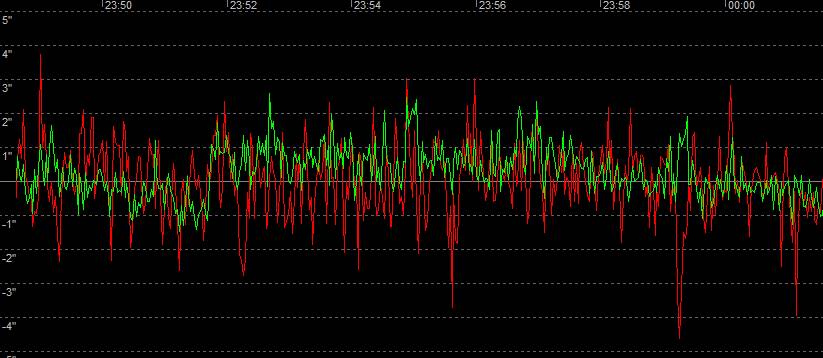Critique and algorithm suggestions
jhart
Ken Self
Jeffery Hart
--
You received this message because you are subscribed to a topic in the Google Groups "Open PHD Guiding" group.
To unsubscribe from this topic, visit https://groups.google.com/d/topic/open-phd-guiding/GvD3jl2djBo/unsubscribe.
To unsubscribe from this group and all its topics, send an email to open-phd-guidi...@googlegroups.com.
To view this discussion on the web visit https://groups.google.com/d/msgid/open-phd-guiding/220faacc-398f-498d-87db-7c6239123e02n%40googlegroups.com.
Ken Self
jhart
Brian Valente
You received this message because you are subscribed to the Google Groups "Open PHD Guiding" group.
To unsubscribe from this group and stop receiving emails from it, send an email to open-phd-guidi...@googlegroups.com.
To view this discussion on the web visit https://groups.google.com/d/msgid/open-phd-guiding/6a5424ac-84e8-4dbe-a059-c9461fe529b4n%40googlegroups.com.
Brian Valente
bw_msgboard
Hi Jeff. I think you are probably misinterpreting what you’ve seen with your Dec guiding. The Z-Filter and LowPass2 algorithms are better suited to more accurate mounts and the Resist-switch algorithm is almost certainly what you should be using. Your guide log doesn’t include a Resist-switch run so I can’t analyze what was going on. In the log you sent, you can see how slowly the Dec guiding responded to the large excursions you were getting (Dec is green):

It’s true that near-perfect polar alignment might allow you to run essentially unguided in Dec, and I think that’s what’s happening. But you have too much Dec backlash and other instability problems to make that a good strategy. In other words, you need to use an algorithm – the default one – that will respond more aggressively to these excursions.
Although you seem to be focused on the Dec guiding, RA is the constraint on your overall guiding results. Here’s a typical sequence (RA in red, Dec in green):

The overall RA guiding RMS was almost 50% higher than Dec and you can how “rough” it looks. There is a lot of abrupt high-frequency tracking error here, probably a limitation of the RA gearing system. And this was while pointing at Dec=41 degrees, so the problem would be worse closer to the celestial equator. So there’s really no point in trying to optimize the Dec guiding in the face of this RA tracking error – you’re just going to get elongated stars. I suspect you may be up against the limitations of your mount.
Good luck,
Bruce
--
You received this message because you are subscribed to the Google Groups
"Open PHD Guiding" group.
To unsubscribe from this group and stop receiving emails from it, send an email
to open-phd-guidi...@googlegroups.com.
To view this discussion on the web visit https://groups.google.com/d/msgid/open-phd-guiding/d0fdec16-b1d2-47a8-8630-6f805fb23576n%40googlegroups.com.
